The National Academies of Science, Engineering, and Medicine hosted a workshop, sponsored by the Gordon and Betty Moore Foundation, to examine the current scientific landscape and research opportunities for improving diagnosis of acute cardiovascular events within the U.S. health care system. This workshop was part of a series on diagnostic excellence. Below are key themes discussed by workshop participants.
“Diagnostic excellence is about getting to the right diagnosis, in the shortest amount of time, with the least amount of resources, and in a way that’s patient centered.”
— Daniel Yang, Gordon and Betty Moore Foundation
Watch the video: Daniel Yang
“Time is muscle, the earlier you diagnose, the earlier you intervene, the better the prognosis.”
— Basmah Safdar, Yale University
Watch the video: Basmah Safdar
“We want excellent diagnosis to be available worldwide, not only at select medical centers where specialists or experts reside.”
— Rima Ananout, University of California, San Francisco
Watch the video: Rima Aranout
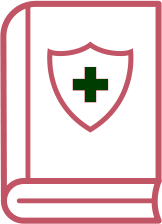
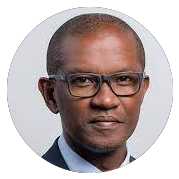
“There is ultimately a need for effective training and education campaigns to improve public awareness of stroke.”
— Opeolu Adeoye, Washington University School of Medicine
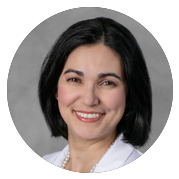
“What kind of messages are we providing people to ensure that they're using the right words, the right tools, to communicate with healthcare providers, but also that they're in tune as to what symptoms to look out for, what should be leading them to make a phone call to a physician, or showing up to the emergency department, or calling 911?”
— Marina Del Rios, University of Illinois at Chicago


“Artificial intelligence, deep learning, and machine learning is really well postured to enable great efficiencies in the way that we coordinate and deliver stroke care.”
— Derick En'Wezoh, Viz.ai

“Guidelines can help reduce inappropriate practice variation. It can speed translation of research into practice. Guidelines improve care, safety, and quality… and also can reduce disparities and cut costs. They are a win/win/win for everybody.”
— Elliott Haut, Johns Hopkins University School of Medicine and Bloomberg School of Public Health

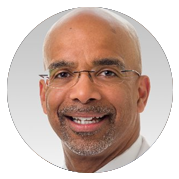
“The question then becomes: Are we able to apply these strategies in an equitable manner across the board? The question unfortunately leads to a disheartening no.”
— Clyde Yancy, Northwestern University Fineberg School of Medicine

“The team needs to be diverse, the sensitivities and sensibilities that impact care at every step along the way need to be taken into full account, and there is no better way to do that than having the team that is taking care of the patients look like the people who are being taken care of.”
— Herman Taylor, Morehouse School of Medicine
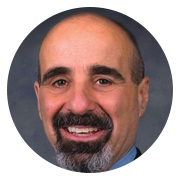
“My job as a clinician, to make a diagnosis, is enhanced by working among a diverse workforce who can help me to overcome the implicit biases that we all have and to help me recognize variation in the presentations of conditions among different groups of people.”
— Andrew Bindman, Kaiser Permanente


“Understanding the epidemiology of delay is critically important and currently deficient. I think employing community-based participatory research to understand some of the nuances of that early interaction will bear much fruit.”
— Herman Taylor, Morehouse School of Medicine
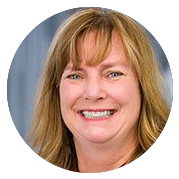
“Utilization of high-sensitive troponins provides us the opportunity to look at how we can utilize risk scores to reduce over-testing and actually re-evaluate our resource utilization for additional testing.”
— Deborah Diercks, University of Texas Southwestern Medical Center